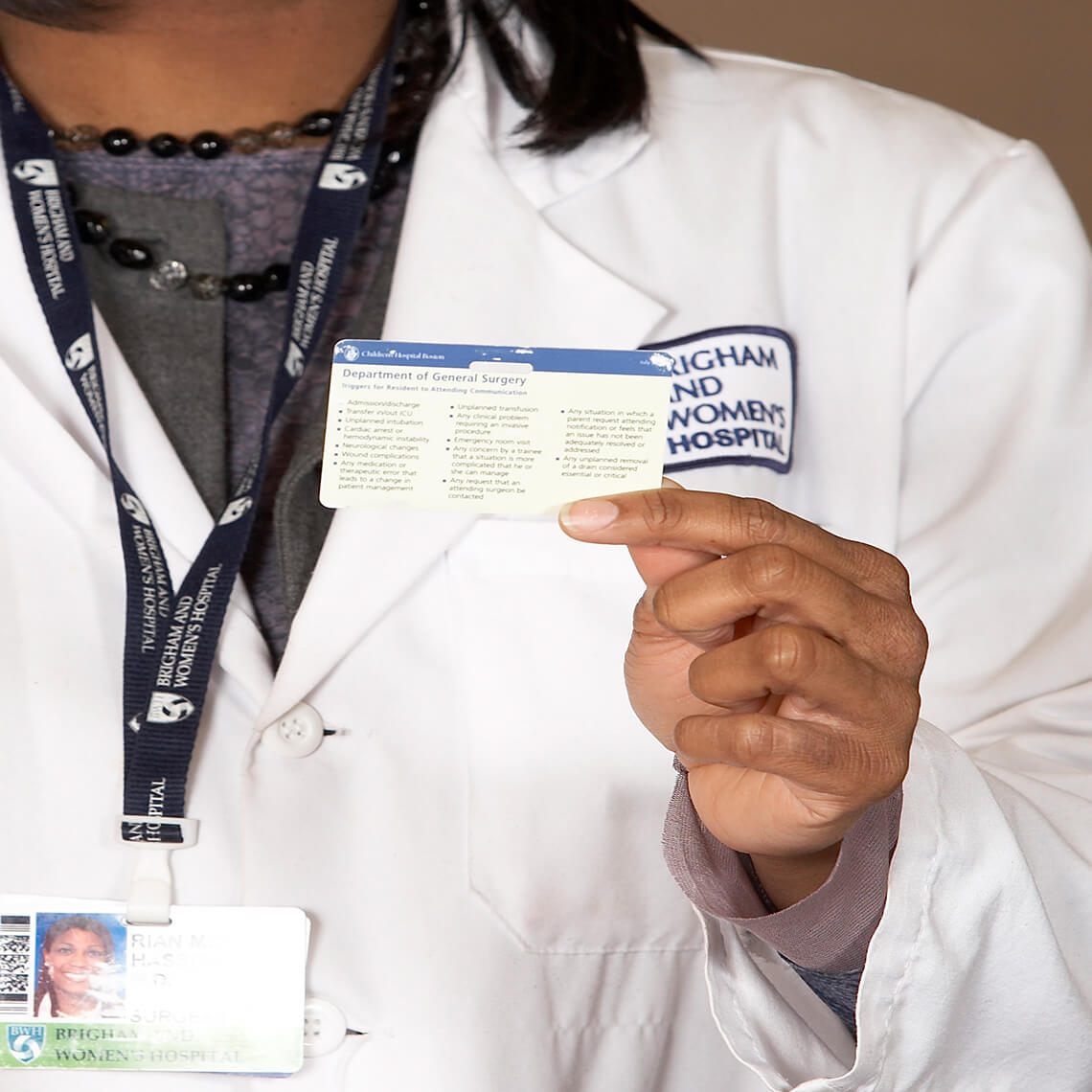Blog Post
Setting Foundations for Patient Safety Leadership
 In the past two decades, the field of patient safety and quality improvement has grown from a narrow set of activities assigned often to senior physicians, to a broad and expanding discipline. Safety science and performance improvement skills are now integrated into all levels of medical training with an emerging career path for clinician leaders. More than just learning the milestones in the patient safety movement or participating in a root cause analysis, the subspecialty of patient safety and quality has a rigorous science, defined core competencies, certifying examinations, and credentials.
In the past two decades, the field of patient safety and quality improvement has grown from a narrow set of activities assigned often to senior physicians, to a broad and expanding discipline. Safety science and performance improvement skills are now integrated into all levels of medical training with an emerging career path for clinician leaders. More than just learning the milestones in the patient safety movement or participating in a root cause analysis, the subspecialty of patient safety and quality has a rigorous science, defined core competencies, certifying examinations, and credentials.
For two years I devoted my time to deepening my understanding of the past, present and future of improving healthcare. I took the traditional route ascribed to most physicians, which was to enroll in a residency program and subspecialty fellowship after completing four years of medical school. I chose internal medicine and then nephrology. During my time in nephrology fellowship, I departed from the traditional paths of pursuing clinical or bench research. Instead, my interest was piqued by operations, process design, implementation and policy. Around the time my nephrology training commenced, CRICO, the Harvard malpractice insurer, in conjunction with Harvard Medical School developed a fellowship program to train a cadre of physician-scholars to lead operational improvement efforts nationally and within its institutions. I applied and joined the second graduating class. I spent the majority of my time at the Massachusetts General Hospital under the masterful mentorship of Dr. Elizabeth Mort, but also had a community medicine experience at the Mount Auburn Hospital in Cambridge, Massachusetts and a stint learning policy and regulations in Illinois at The Joint Commission.
The comprehensive training I received in patient safety and quality has undoubtedly set the foundation on which I hope to make a mark on society. My co-fellows have all moved on to do remarkable things both within the Harvard system and internationally. It is clear that a specific skill set developed through formal specialty training in quality and safety is becoming the new benchmark for future leaders. In our current state of measuring outcomes, optimizing value and choosing wisely, quality improvement skills and patient safety science have a critical role in improving care for patients.
Related Blog Posts
Investing in Patient Safety


Mind the Gaps: Learning How to Avoid Miscommunication Pitfalls
January Safety Salute | MedStar Health Creating a Just Culture

